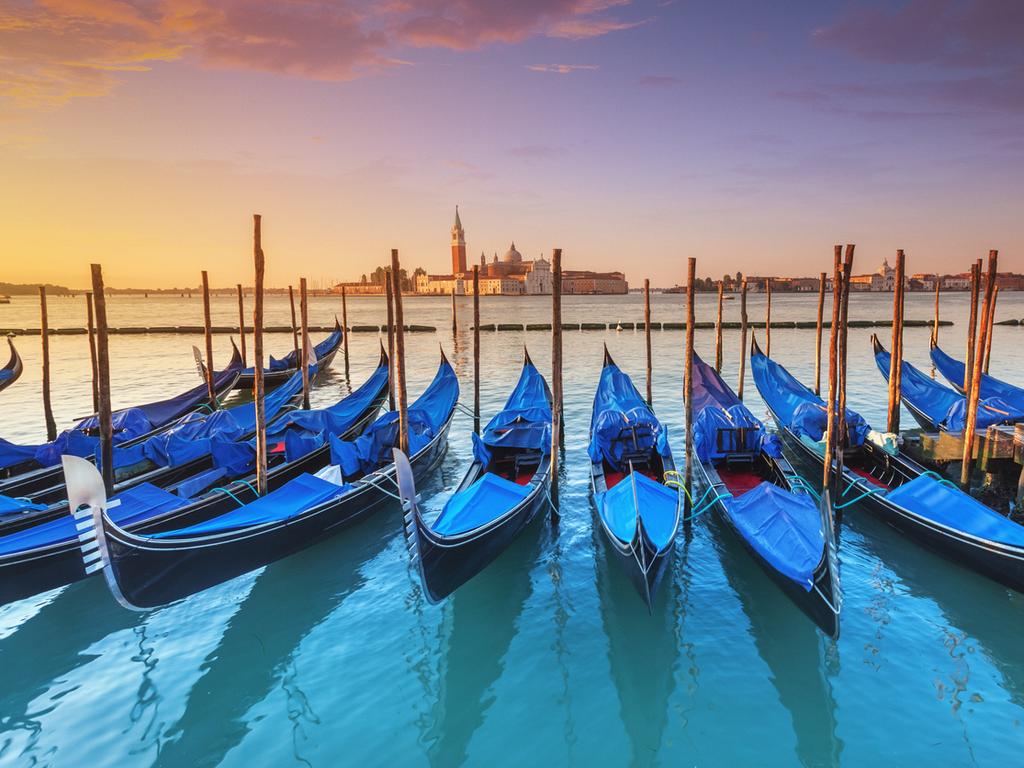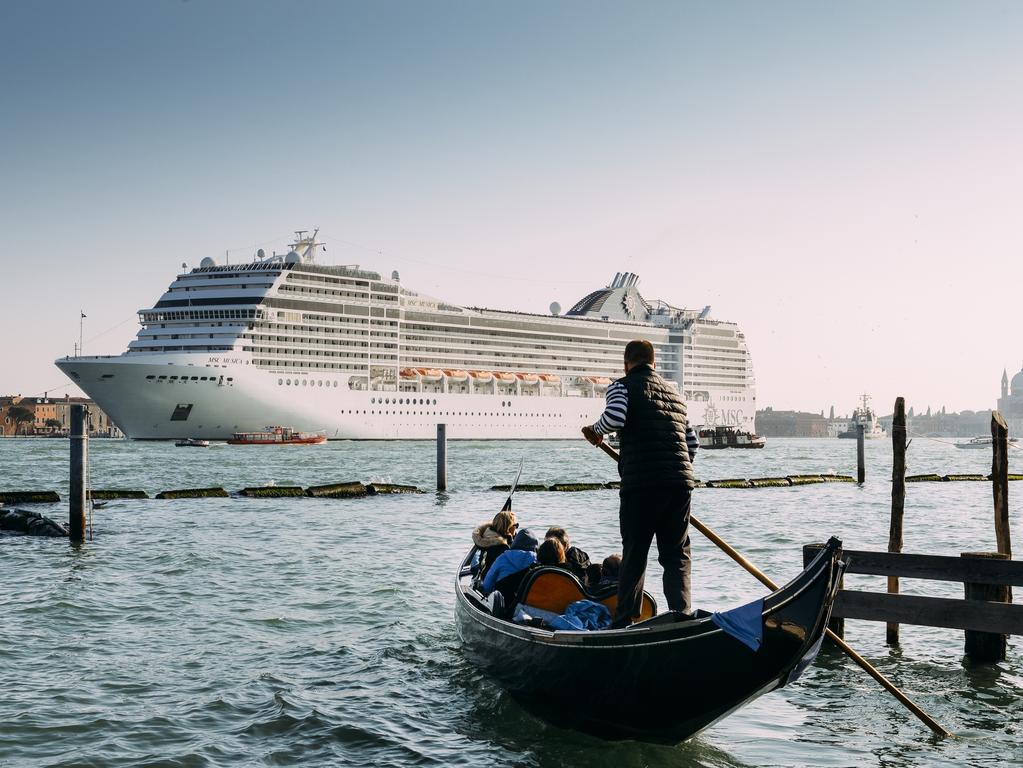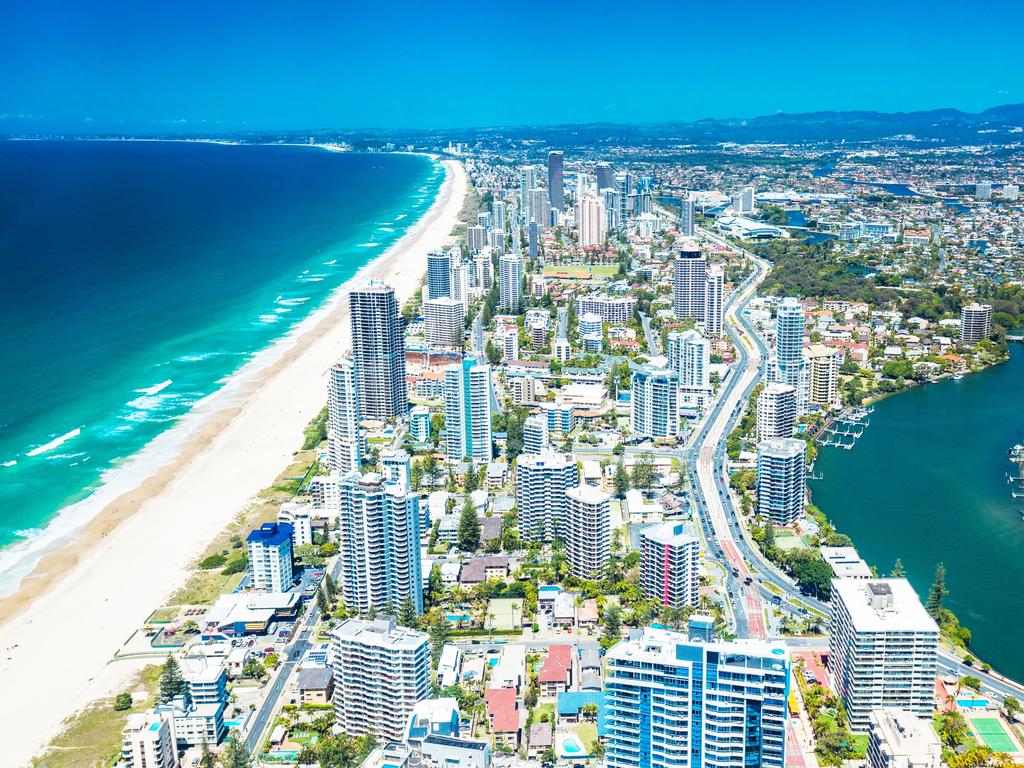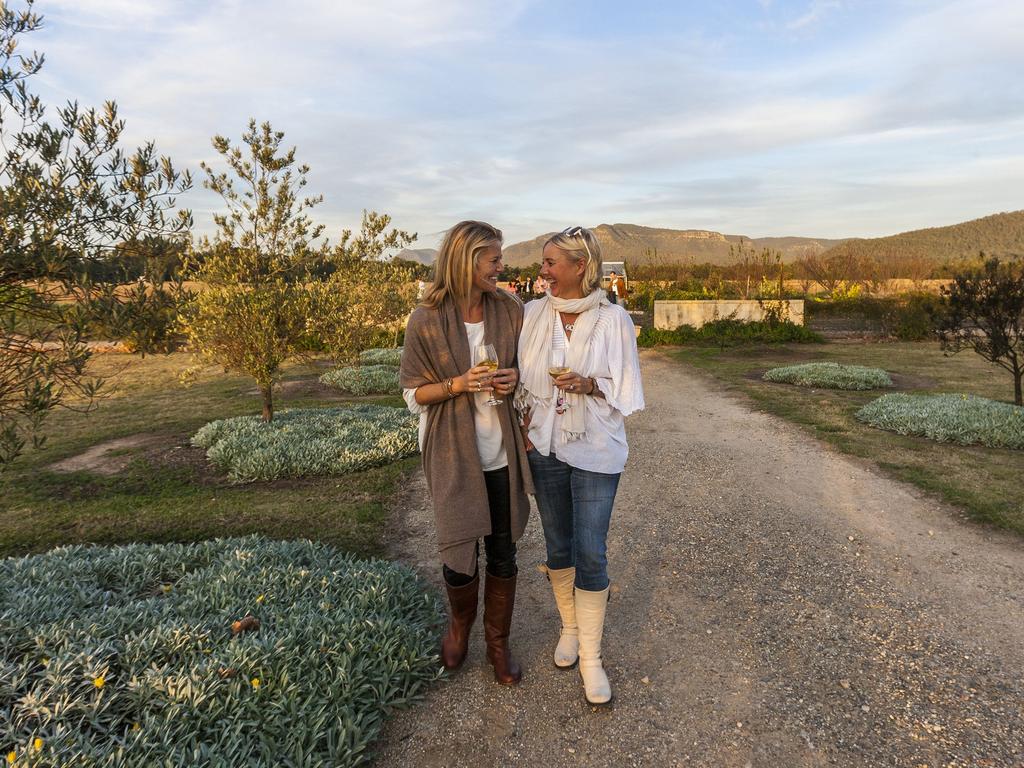Ningaloo Reef: swimming with whale sharks, humpbacks and manta rays
Nature calls the shots at Western Australia’s Ningaloo Reef.

From the deck of my tent, I gaze over a spinifex-dotted sand dune and out to sea. Beyond the lagoon and white line of breakers, there’s a telltale blow. A misty puff of whale breath rises, and then another. I smile to myself; this is why I’m here, 1300km north of Perth. Western Australia’s Ningaloo Reef is a hot spot for marine life, and as a whale fanatic, I’ve always dreamt of seeing a humpback underwater. It seems I may be in luck.
After being almost exterminated by the whaling industry, humpback populations have made an impressive recovery, their numbers increasing by about 10 per cent each year. Between May and October, the west coast hosts at least 30,000 of the migrating cetaceans, and they may soon be removed from the threatened species list.
Ningaloo Marine Park is famous for other visitors, too: whale sharks. However, in 2016, in recognition of the humpback’s resurgence, the state Parks and Wildlife Service commenced a trial, permitting companies already licensed for whale shark swims to offer humpback experiences. After 2023, it’s expected commercial licences will be issued.

I’m maximising my reef time by staying at deluxe safari retreat Sal Salis, which is just steps from the water and is the only non-camping accommodation option inside Cape Range National Park. I’m met by manager Dale Gladigau in a golf buggy, and whisked into the discreet camp, where 15 glamping tents sit camouflaged among the dunes, along with a communal hub for all-inclusive gourmet meals and a self-service bar.
Sal Salis treads lightly, with boardwalks to protect vegetation and water conservation a high priority. Each tent has solar power and an odour-free, composting toilet. There’s no phone signal or Wi-Fi, which suits me fine. I’m focused on the whale highway out front.
Capitalising on its position, the property offers a variety of tours and activities, including guided snorkelling and hikes in the rocky ridges and canyons behind. On a walk to the top of Yardie Creek Gorge, I learn the range is an ancient coral reef; there are fossilised brain corals beside the track. Gravity-defying black-footed rock wallabies scuttle across rusty cliffs, and ospreys patrol above. Below, kayakers explore the creek, the only permanent water source in Cape Range.

Back at camp, I don my snorkelling gear and with just a few fin kicks, I’m in a gentle current that carries me over corals and colourful fish, a harmless black-tip shark warily inspecting me.
Hair still wet, I arrive at the lodge just in time for sunset canapes with my fellow guests, followed by an amiable long-table dinner of local seafood accompanied by WA wines. I sleep behind bug-proof mesh, the canvas doors left open so the ocean breeze can waft in. In the morning, I wake to a view of the glassy ocean, and wonder what’s waiting out there.
Sal Salis staff have booked me on an outing with Live Ningaloo. From April to July, the company offers whale shark tours, but from August to October, the Life on Ningaloo Swimming Tour presents the chance to swim with one of the “big three” – whale sharks, manta rays and humpback whales.
The show begins immediately. As the boat pulls away from its mooring we spot two green turtles and a few bottlenose dolphins. Slowly motoring out of the lagoon, a dugong dives below the surface.
Skipper Kurtis McGlennon pulls up for our introductory snorkel and we splash in, joined by ecologist guide Shellie Kloppers and a photographer. Diving down to look at a turtle, a noise cuts through the silence, like a cellist drawing a bow across the strings. In a goosebump moment, I realise it’s the male humpbacks singing a love song, then McGlennon calls from the flybridge, “Manta rays beside the boat!”
“There are three rules to swimming with mantas,” Kloppers tells us. “Number one – don’t chase the mantas.” It turns out rules two and three are the same. She explains the mantas will be feeding on plankton, swimming back and forth, and if we observe them calmly they may choose to come back. A mighty black and white figure materialises in the plankton soup, “flying” gracefully like a slow-motion eagle. A second manta follows, and we’re rewarded with a return fly-by.

Back on board, McGlennon says our spotter plane has sighted a whale shark. With nervous excitement, we slip into the water and form a line, which, if all goes to plan, the creature will swim parallel to. The first thing we see of the world’s biggest fish is its mouth, a toothless cave skimming near the surface for plankton. We fin along beside it and spread out behind to admire the spotty patterns and laconic swish of its massive tail.
Back on the surface, everyone’s high on the adrenaline of this wildlife bonanza when we spy the blow of a humpback. Do we dare to hope for that longed-for swim? In between communicating with the pilot, McGlennon explains that not all humpbacks are suitable candidates for the guest experience. Mothers and small calves must be left alone. The whales need to be travelling slowly, in relatively shallow water, and not displaying aggressive behaviour.
The humpbacks near us are diving deep, and while we wait to see what they do we have two more swims with the whale shark. This time I notice it’s been in the wars; two side fins and the dorsal fin have large chunks missing, possibly the result of a run-in with a predator or a propeller.

The pilot has spotted a pod of whales that might fit the bill. Three relaxed adults are tracking through shallow water. Kloppers jumps in with the waterproof two-way radio. We can hear the pilot saying, “Approaching you now, 180 metres, 160 metres, 140 metres…”
“OK everyone, now!” Kloppers calls, and we pile in, trying not to splash. Bobbing like a cork on the surface, I feel tiny as I stare wide-eyed into sunbeams penetrating the depths. Any second, I expect to see a 15m-long behemoth slide into view, but it’s not to be. The whales have taken a sharp turn towards deeper water. They didn’t choose us today. The disappointment is shattering but these are wild animals, not circus performers, and I’ve notched up more incredible reef encounters today than most people will in a lifetime.
Before leaving Sal Salis, I join a pre-dawn hike up nearby Mandu Mandu gorge. Over the ancient river bed, past startled rock wallabies, and ascending to the top, we arrive as the sun’s first rays illuminate the sea far below. Out beyond the breakers, a mighty whale breaches, its entire body torpedoing from the sea before landing on its side with an outrageous splash.
It feels like a taunt, but I’m no longer disappointed. There’s a profound beauty in observing animals on their own terms, and I’m grateful there are still places like Ningaloo Reef where nature calls the shots.
In the know
Sal Salis Ningaloo Reef Safari Camp is about one-hour’s drive from Exmouth and a 90-minute drive from Learmonth airport, where hire cars are available. The resort is open from March to November. Stays include all meals, open bar, guided activities such as hikes and snorkelling and independent use of kayaks. Scenic flights are available from Learmonth to Sal Salis.
Live Ningaloo’s Life on Ningaloo Swimming Tour runs from Exmouth from August to October. Tour includes transportation to and from Exmouth, complimentary professional digital photography on deck and underwater, equipment, wetsuits, lunch, snacks and a glass of bubbly at the end of the day. Maximum seven swimmers.
Carolyn Beasley was a guest of Tourism WA.
This article was originally published in October 2021 and has since been updated.





To join the conversation, please log in. Don't have an account? Register
Join the conversation, you are commenting as Logout